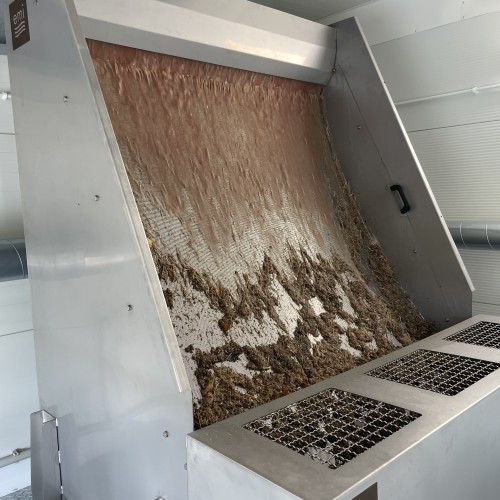 Mechanical pretreatment
Mechanical pretreatment
A basic device for removing solids from wastewater, where raw feed is directed onto a curved plane with slots through which water enters and solids slide down. The design with no moving parts operates by gravity and is widely used in food processing.
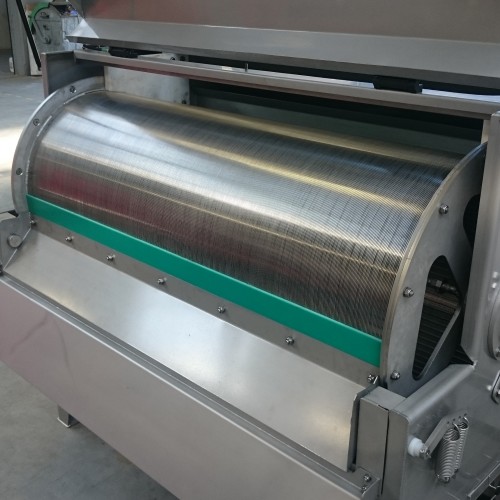 Mechanical pretreatment
Mechanical pretreatment
A device for separating solid elements from wastewater, in which the liquid is fed to a rotating drum consisting a slotted screen, and the impurities are torn off by a scraper. Ttreated water flows through the drum to the drain, and a lance with sprays washes the drum; device is used in many industries
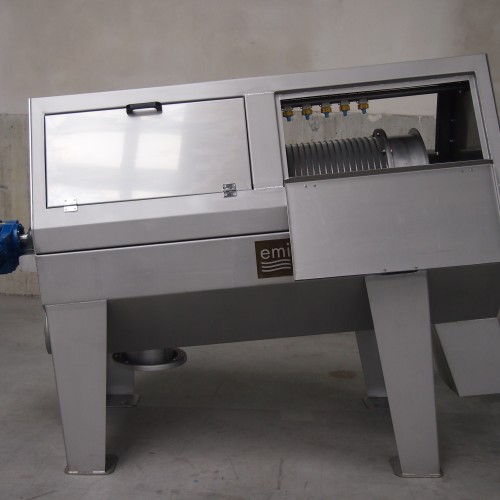 Mechanical pretreatment
Mechanical pretreatment
An advanced device for separating solid elements from wastewater, in which the inflow is directed to a rotating slotted drum, from where the water escapes through the slots, and the contaminants are removed to the outside. Rotary screens with internal inflow have a wide range of applications from the food industry to plastic recycling.
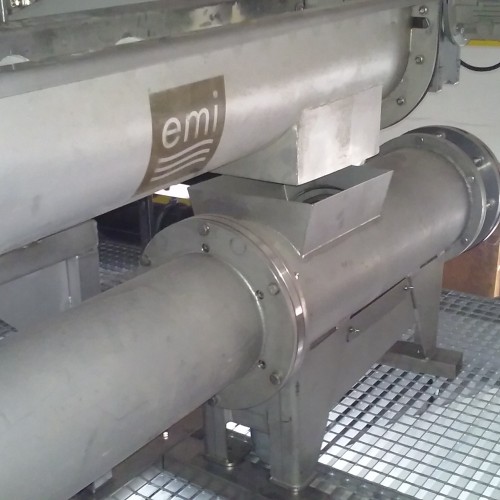 Mechanical pretreatment
Mechanical pretreatment
A device for dewatering and compressing solid waste from grates and sieves. It consists of a drum in a pipe with a piston that compresses the waste, the seepage flows out through the slots, and the compressed waste is pushed out up to 6 m. Recommended for waste with fats and oils.
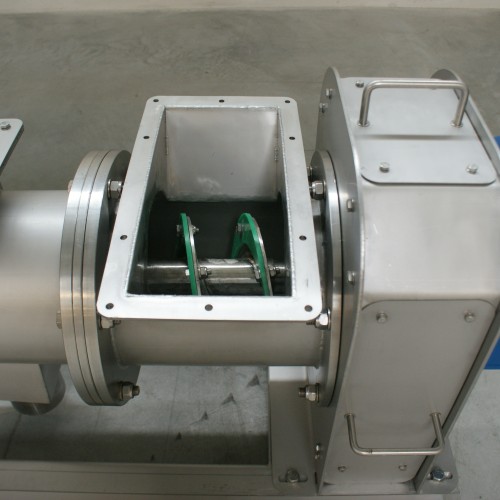 Mechanical pretreatment
Mechanical pretreatment
Modern device for dewatering and compressing solid waste from grates and sieves. It consists of a drum in a pipe with a screw that transports and compresses waste, and water flows out through holes. The compressed waste is pushed out, and used in many industries.
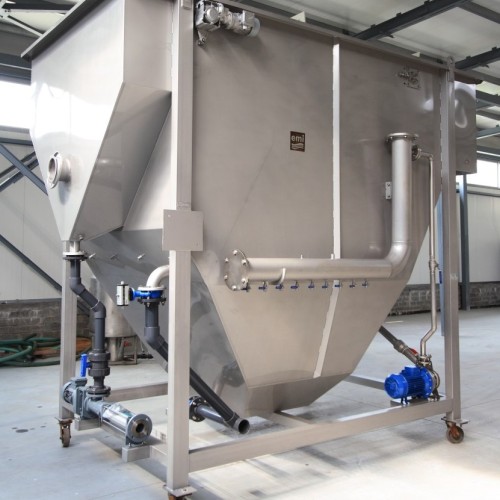 Physio-chemical treatment
Physio-chemical treatment
EMI flotation units with internal partitions reduce the size of the units without losing efficiency. Removable, stainless steel lamella packs allow easy cleaning without a crane, maintaining high efficiency. Ideal for wastewater with limited suspended solids.
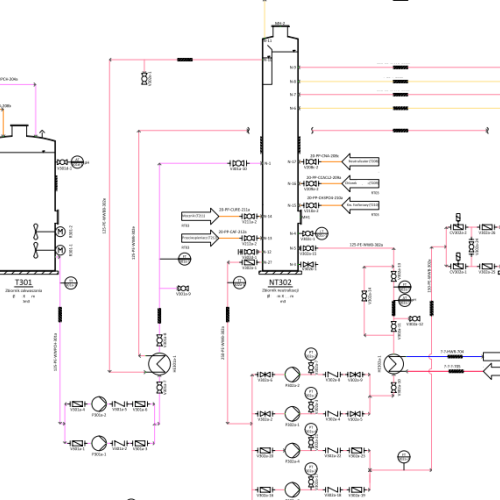 Design works
Design works
We design wastewater treatment systems for industrial plants. We offer a description of the process, water and waste balance, equipment selection, media consumption calculations, site design, equipment list and technical guidelines.
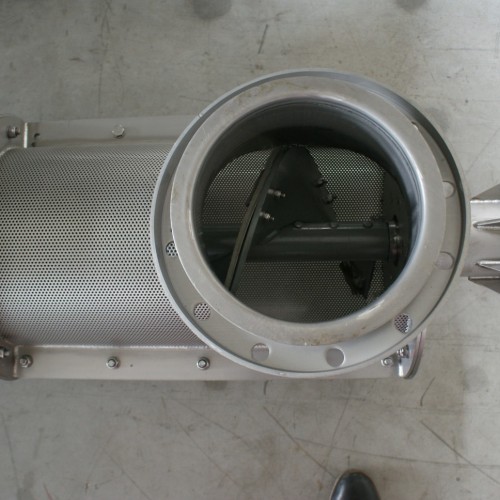 Mechanical pretreatment
Mechanical pretreatment
A device for separating solid contaminants, protecting pumps. Installed vertically in pumping stations and collectors. Wastewater leaves the cylinder through perforated walls, and larger impurities are carried away by the screw. Vertical sscreens are more reliable than basket screens.
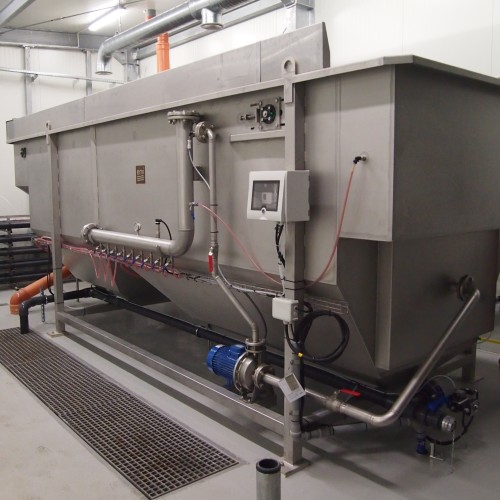 Physio-chemical treatment
Physio-chemical treatment
Flotacja to skuteczna metoda oczyszczania ścieków, szczególnie przy separacji zawiesin, tłuszczów i olejów. EMI oferuje flotatory, które optymalizują ten proces.
Ścieki mieszane są z chemikaliami, a powietrze rozpuszcza się w saturatorze. Mieszanka unosi zanieczyszczenia na powierzchnię, a cięższe frakcje są usuwane z dna.
Od lat '90 EMI z powodzeniem stosuje flotatory w przemyśle spożywczym, przetwórczym i niszowych projektach.
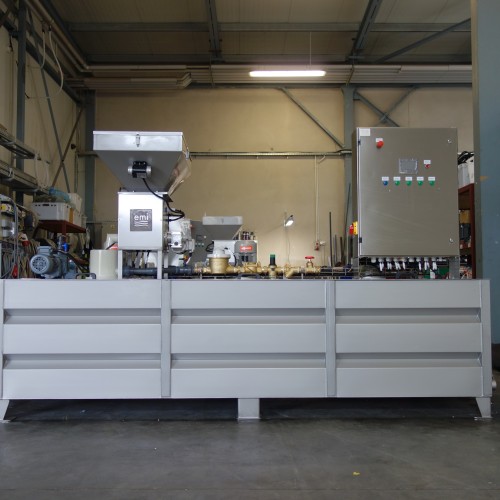 Physio-chemical treatment
Physio-chemical treatment
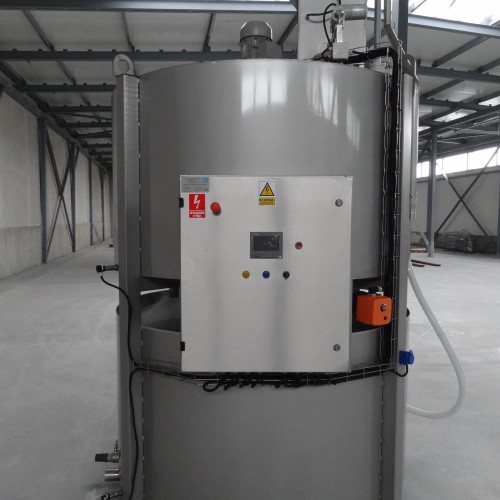 Physio-chemical treatment
Physio-chemical treatment
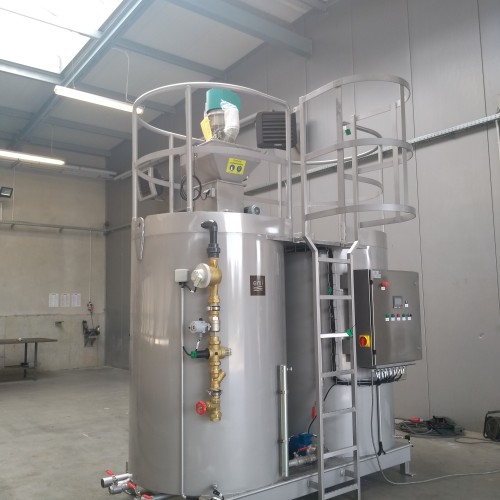 Physio-chemical treatment
Physio-chemical treatment
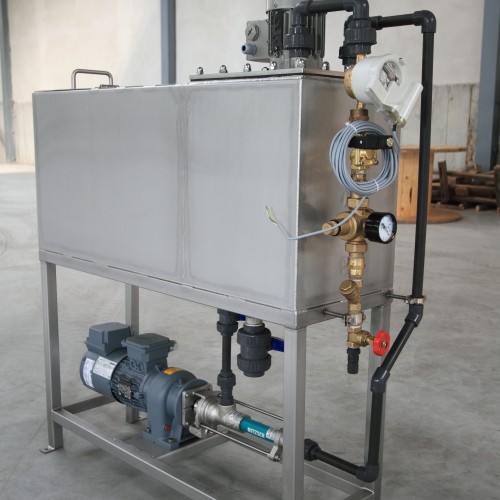 Physio-chemical treatment
Physio-chemical treatment
 Physio-chemical treatment
Physio-chemical treatment
Flokulator rurowy to urządzenie do wstępnego oczyszczania ścieków, które skutecznie miesza je z chemikaliami (koagulanty, flokulanty, neutralizatory). Dzięki przepływowi turbulentnemu zapewnia efektywne przygotowanie ścieków do dalszych procesów, takich jak flotacja.
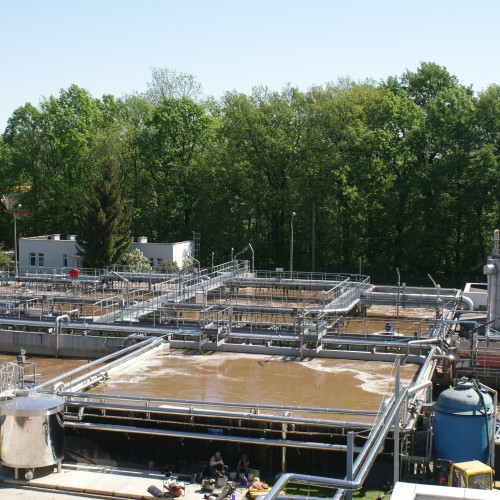 Biological treatment
Biological treatment
Odprowadzenie ścieków do środowiska wymaga ich oczyszczenia. Najczęściej stosowaną metodą jest rozkład zanieczyszczeń przez mikroorganizmy osadu czynnego. Wykonujemy oczyszczalnie w oparciu o szereg technologii, zarówno tlenowych, jak i beztlenowych. Poza projektem technologicznym dostarczamy również wyposażenie reaktorów. Lata doświadczeń w wielu branżach pozwalają nam dobrać rozwiązania optymalne pod względem efektywności ekologicznej i finansowej.
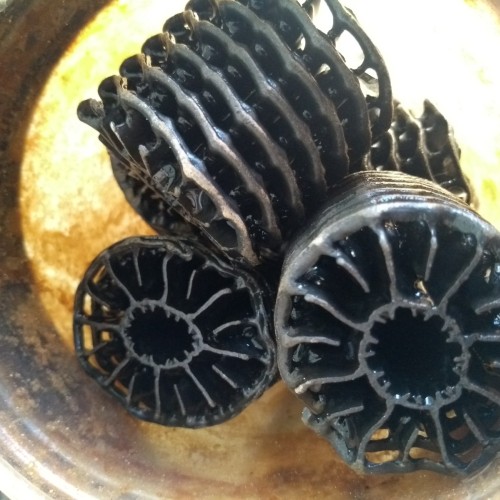 Biological treatment
Biological treatment
Technologia MBBR (Moving Bed Biofilm Reactor) wykorzystuje nośniki biomasy, na których osadzają się mikroorganizmy rozkładające zanieczyszczenia w ściekach. Nośniki swobodnie poruszają się w reaktorze, zapewniając efektywny kontakt biomasy ze ściekami. MBBR charakteryzuje się wysoką wydajnością i niskimi kosztami eksploatacji, idealnie sprawdzając się w oczyszczalniach przemysłowych i komunalnych.
 Biological treatment
Biological treatment
 Biological treatment
Biological treatment
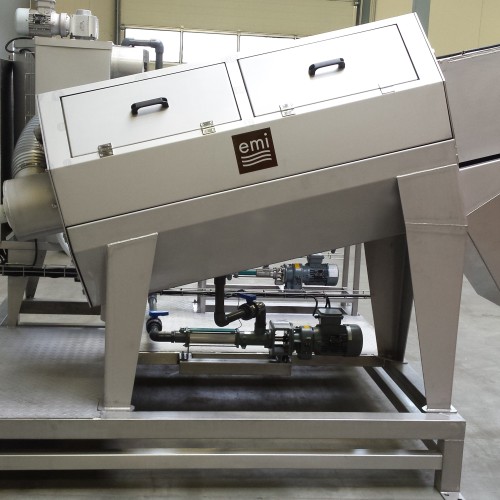 Sludge dewatering
Sludge dewatering
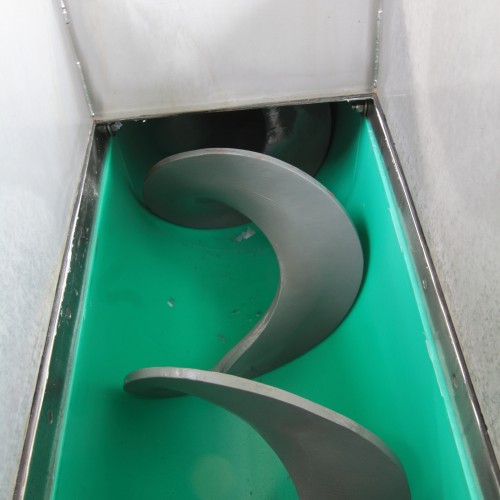 Sludge dewatering
Sludge dewatering
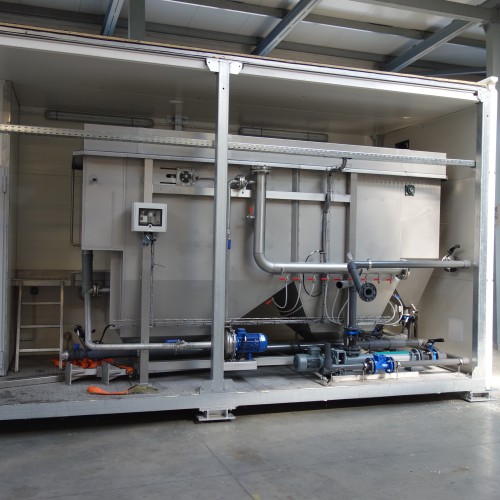 Container solutions
Container solutions
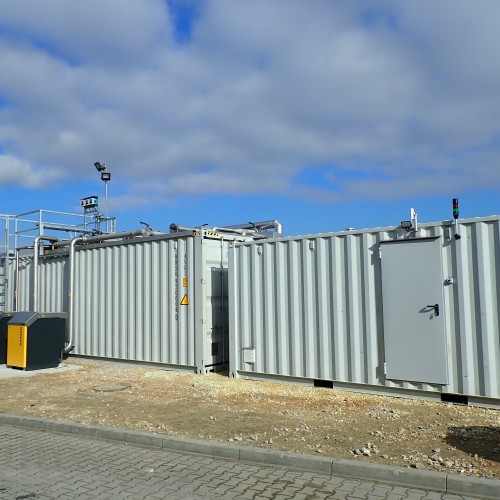 Container solutions
Container solutions